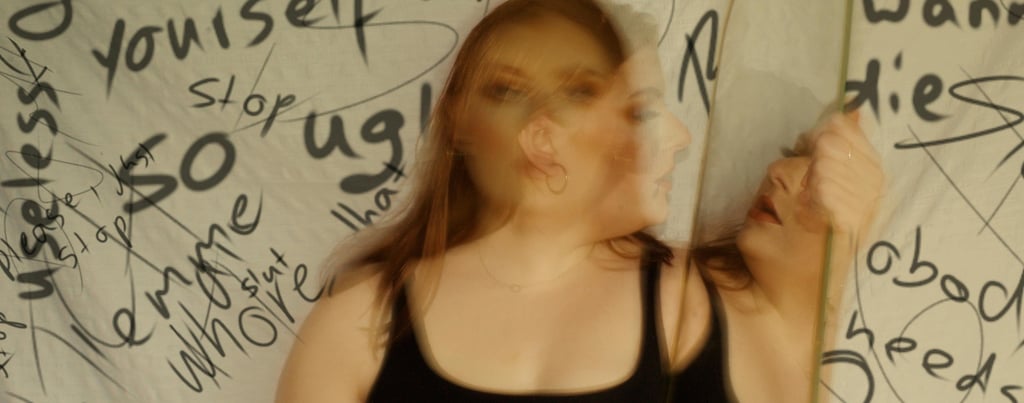The Stimulus-Response Cycle
Unlocking the Power of Intentional Living


Do you ever stop to think about why certain situations trigger specific reactions in you?
Whether it’s snapping at a loved one after a stressful day or feeling joyful after hearing a compliment, your reactions are part of a powerful psychological mechanism called the Stimulus-Response-Consequence (SRC) cycle.
Understanding this cycle can transform how you navigate life, empowering you to make conscious decisions instead of being driven by autopilot reactions.
In this blog, we’ll break down the SRC cycle, its importance in personal growth, and how mastering it can lead to better outcomes in your daily life.
What Is the Stimulus-Response-Consequence Cycle?
The S-R cycle is a fundamental concept in psychology that explains how our actions and outcomes are shaped by external and internal events. Let’s break it down:
Stimulus: This is the trigger or event that sets the cycle in motion. A stimulus can be external (a loud noise, a text message) or internal (a thought, a memory, or an emotion).
Response: This is your reaction to the stimulus. It can be automatic (like reflexively flinching) or deliberate (like taking a deep breath before responding to criticism).
Consequence: This is the result of your response. Consequences can be positive or negative, shaping future behavior and emotional states.
Real-World Examples of the SRC Cycle
To better understand the concept, here are a few relatable examples:
Example 1:
Stimulus: Someone cuts you off in traffic.
Response: You honk angrily and yell.
Consequence: You feel stressed, and your mood worsens for the rest of the day.
Example 2:
Stimulus: Your colleague compliments your presentation skills.
Response: You smile and thank them.
Consequence: You feel confident and motivated to continue excelling.
Example 3:
Stimulus: A notification buzzes on your phone.
Response: You immediately check it.
Consequence: You lose focus on your current task, delaying your productivity.
Why Is Understanding the S-R Cycle Important?
Recognizing and mastering the SRC cycle is crucial for personal growth, emotional intelligence, and improved relationships. Here’s why:
1. Gain Control Over Automatic Reactions
Many of our reactions are automatic, driven by habits or emotions. By becoming aware of the SRC cycle, you can pause and choose a more thoughtful response instead of reacting impulsively.
2. Break Negative Patterns
Negative consequences often result from habitual reactions. For example, if stress consistently triggers unhealthy eating, understanding the SRC cycle can help you interrupt this pattern and make healthier choices.
3. Create Positive Outcomes
When you consciously respond to stimuli, you can create positive consequences that align with your goals and values. This leads to better decision-making and improved well-being.
How to Master the Stimulus-Response Cycle
Here are three actionable steps to take control of your responses and shape better outcomes:
Step 1: Pause Before Reacting
The key to breaking the automatic cycle is creating a moment of awareness between the stimulus and response. When faced with a trigger, take a deep breath and pause. This gives your brain time to engage the rational decision-making part instead of reacting impulsively.
Step 2: Reflect on the Consequences
Ask yourself:
What will happen if I react this way?
Will this response help or hurt me in the long run?
This simple reflection can help you choose a response that leads to positive consequences.
Step 3: Practice Mindfulness
Mindfulness helps you stay present and aware of your thoughts, emotions, and triggers. Techniques like meditation, journaling, and even hypnotherapy can enhance your ability to respond consciously.
Applications of the S-R Cycle in Coaching and Therapy
The SRC cycle is a powerful tool used in coaching and therapy, including hypnotherapy, to help clients:
Identify Triggers: Understand what stimuli cause unwanted reactions.
Shift Perspectives: Replace unhelpful automatic responses with empowering ones.
Achieve Goals: Align responses with desired outcomes to foster personal growth.
For instance, in hypnotherapy, clients are guided to reframe subconscious triggers, enabling them to break free from negative patterns and create positive behavioral changes.
Key Takeaways
The Stimulus-Response-Consequence cycle explains how triggers lead to reactions and outcomes.
By pausing, reflecting, and responding consciously, you can interrupt negative patterns and create positive changes.
Understanding this cycle is essential for personal growth, emotional intelligence, and improved decision-making.
Ready to Take Control?
Mastering your responses is the first step to transforming your life. Start by observing your reactions to everyday triggers and experimenting with conscious responses. Over time, this practice can lead to profound shifts in your behavior, relationships, and overall well-being.
If you’re ready to dive deeper into the power of your mind and unlock your potential, let’s take the first step toward a more intentional life!
Subscribe now to stay updated on transformative insights and strategies for mastering your life





